When the German doctor and botanist Leonhard Rauwolff visited the Syrian city of Aleppo during an eccentrically Teutonic herb-hunting mission across the Middle East, he was instantly impressed by the thriving trade he encountered. It was ‘admirably great’, he wrote, ‘for great caravans of pack-horses and asses, but more camels arrive there daily from all foreign countries’. The year was 1573 but the description might have been written at any point during the past several thousand years.
For Aleppo, trade and cosmopolitanism were always two sides of the same coin. They were seared into the city’s character long before the Muslim conquest of 637. Almost 1,000 years later, Rauwolff reported a story about the enlightened Ottoman Sultan Suleyman the Magnificent in Aleppo. The emperor was debating a proposal from his council to expel Jews for their ‘unsufferable usury’. Suleyman showed his advisors a flowerpot containing beautiful flowers of many colours and ‘bid them consider whether each of them in their colour did not set out the other the better’. After the gentle allusion, Suleyman made his own preference perfectly clear. ‘I think it convenient that all that have been together long hitherto may be kept and tolerated so still for the future.’ And so they were.
Thus under the protective pax Ottomanica a multifaith, polyglot community prospered together in one of the oldest cities on earth. Aleppo, which dated back to the fifth millennium BC and beyond, was Arab and Turkish, Kurdish and Armenian. An ancient Silk Road trading metropolis strategically located between the Mediterranean and the Euphrates, it was Muslim, Jewish and Christian, a more or less harmonious fusion of East and West. When John Eldred, later treasurer of the Levant Company and one of the first Englishmen to trade in Aleppo, arrived in 1586, he was struck by the hustle and bustle created by Jews, Tatars, Persians, Armenians, Egyptians, Indians and many Christians, all of whom enjoyed ‘freedom of conscience’ at a time when this was virtually unheard of in Europe. As the old Aleppo proverb had it, ‘Excess is obnoxious, even in religious worship.’ How unfashionable that sounds today.
Once synonymous with peace and plenty, subtlety and sophistication, today Aleppo is Syria’s Stalingrad, a city divided between rebels and the regime. It is an urban cataclysm at the heart of what the UN considers ‘the worst humanitarian crisis of our generation’. Essential to the fortunes of the Middle East for centuries, today it is the rock on which the rebellion against the barrel-bombing dictator Bashar al-Assad, propped up by Russia and Iran, seems destined to founder.
A city that only recently boasted a population of two million has drained to an embattled and besieged rump of 400,000. In a recent BBC broadcast from Aleppo, a haggard fruit and vegetable seller described the tightening siege of the city. Prices are rocketing as the bombs do their worst. Food is becoming unaffordable. ‘What more can Assad do to us?’ he asks. ‘Use chemical weapons? Let it be, then. At least it won’t be a slow death.’
The human suffering is unthinkable, the death toll unspeakable. A report from the Syrian Centre for Policy Research, released in February, puts the overall death toll from the conflict at 470,000, a hideous increase from the earlier UN estimate of 250,000. Across the country more than one in ten Syrians have been killed or wounded since 2011.
Swaths of Aleppo city have been pulverised, including ancient monuments such as the Khusruwiyah mosque, designed by the sublime Mimar Sinan, chief Ottoman architect under three sultans, and the spectacular covered markets that were once the throbbing commercial heart of this Unesco world heritage site. The mighty citadel, which has withstood centuries of invasions by Romans, Greeks, Persians, Egyptians, Tatars and Arabs, not least Tamerlane’s annihilating visit of 1400 (described by one Syrian historian as ‘a pilgrimage of destruction’), has been tragically scarred and now presides over a city of bombed-out houses, collapsed apartment blocks and collapsing lives.
How did this once-celebrated city come to plumb such depths? It is a question Philip Mansel’s remarkable new history implicitly seeks to answer by setting out the reasons for Aleppo’s former greatness and its current torment. He goes about his business in a style at once accomplished, entertaining and idiosyncratic. The first quarter of the book consists of a potted and highly episodic history from the Ottoman conquest of 1516 to the present day (Catholics versus Orthodox is dealt with in one-and-a-half pages, the Assads in two), the remaining three quarters devoted to endlessly enjoyable travellers’ tales of Aleppo from across the centuries.
Here are the botanising Rauwolff in the 16th century and Jean-Baptiste Tavernier, the sniffy, trailblazing French gem merchant who discovered the 112-carat ‘Tavernier Blue’ diamond and sold it to Louis XIV, in the 17th. This is a very British book and many, though not all, of the visitors, explorers, merchants, archaeologists and spies are British. Thus we meet the prolific traveller, radical journalist and later MP James Silk Buckingham (whose splendid portrait hangs in the Royal Geographical Society), who was resolutely unimpressed by Ottoman rule during his visit in 1816. An innocent could be beheaded at any time merely at the whim of the capricious pasha. ‘Such are the blessings of absolute and irresponsible despotism,’ he thundered.
The formidable Gertrude Bell, remembered with affection by Iraqis of a certain age to this day for her preservation of the country’s antiquities and the foundation of the Iraq Museum, offered a more thoughtful and nuanced portrait of Aleppo in 1909. She admired its vitality, its distinctive personality and the ‘sombre splendour’ of its architecture. It was ‘a city of merchants quick to defend the wealth that they had gathered from afar’.
Damascus and Istanbul might have been more imperial, Baghdad the City of Peace more nobly Islamic, Cairo more magnificent, but Aleppo was always as much an idea as it was a city. It was the urban exemplar of coexistence, a place where to a great extent — and with sporadic, bloody exceptions here and there — the spirit of tolerance prevailed over petty tyrannies. On 11 November 1918 — the first Armistice Day — Emir Faisal, later king of Iraq, professed his faith in this deeply rooted tradition of coexistence a few days after visiting Aleppo:
The Arabs were Arabs before Moses and Jesus and Muhammed. All religions enjoin brotherhood on earth. Anyone who sows discord between Muslim, Christian and Jew is not an Arab.
Such views belong to another era of Middle Eastern history. Commerce and coexistence alone, however essential to the lifeblood of cities, are not sufficient to protect them from apocalypse, Mansel argues convincingly in his last chapter, ‘Death of a City’. They depend upon state support and the use, or threat, of force against enemies:
Aleppo had once carried a message: that different races and religions can coexist in the same city. Switching from tolerance to terrorism, almost overnight, Aleppo has changed its message: it shows that the 21st century can be as destructive as its predecessors.
Mansel is a profoundly civilised and civilising historian who has spent many years in the Levant. Elegant and elegiac, Aleppo is a precious monument to a once-splendid city that has been reduced to abject ruin and misery. One can only hope that, like its neighbour Baghdad, a city that has become a byword for resilience, Aleppo rises from the ashes. Yet such are the convulsions wracking the Middle East and Muslim world, from Syria and Iraq to Yemen and Libya, that such prospects appear bleak indeed. Shorn of their Jewish and Christian communities, starved of their life-enhancing cosmopolitanism, much of the once outward-looking Dar al Islam is shrivelling in on itself, increasingly prey to the destructive evils of sectarianism. Soon there will only be Muslims left to kill.
Got something to add? Join the discussion and comment below.
Get 10 issues for just $10
Subscribe to The Spectator Australia today for the next 10 magazine issues, plus full online access, for just $10.
Available from the Spectator Bookshop, £14.99. Tel: 08430 600033.Justin Marozzi has written on Tamerlane and Herodotus. His Baghdad: City of Peace, City of Blood won last year’s Ondaatje prize.
You might disagree with half of it, but you’ll enjoy reading all of it. Try your first month for free, then just $2 a week for the remainder of your first year.

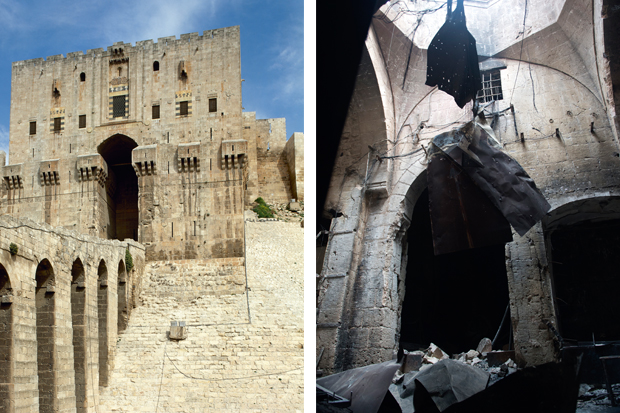


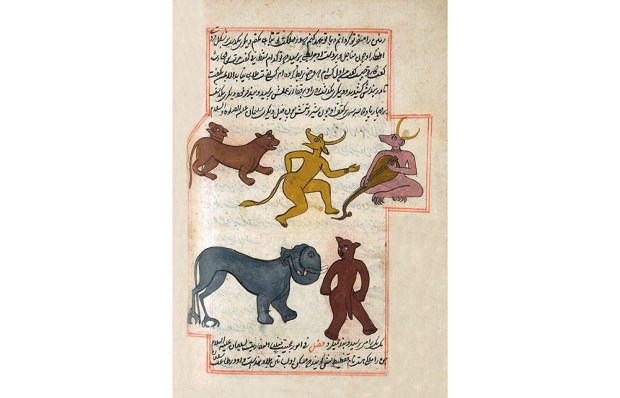
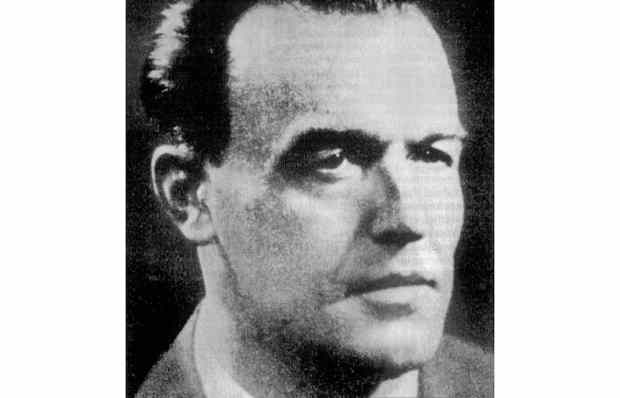
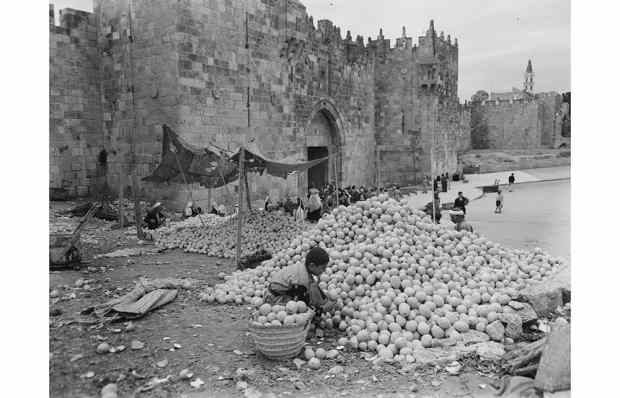
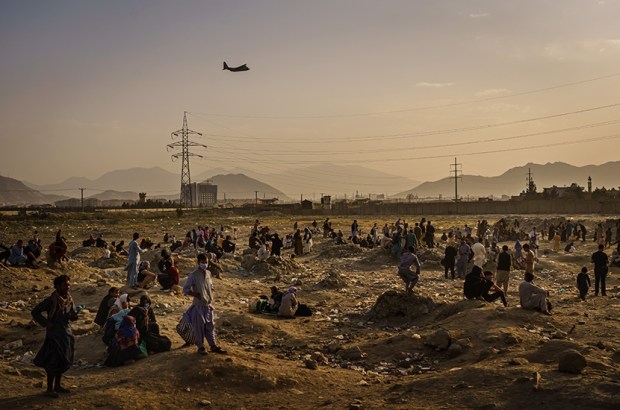






Comments
Don't miss out
Join the conversation with other Spectator Australia readers. Subscribe to leave a comment.
SUBSCRIBEAlready a subscriber? Log in